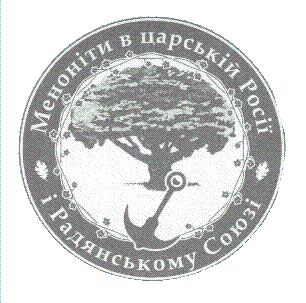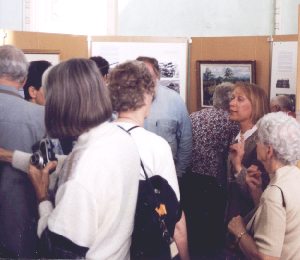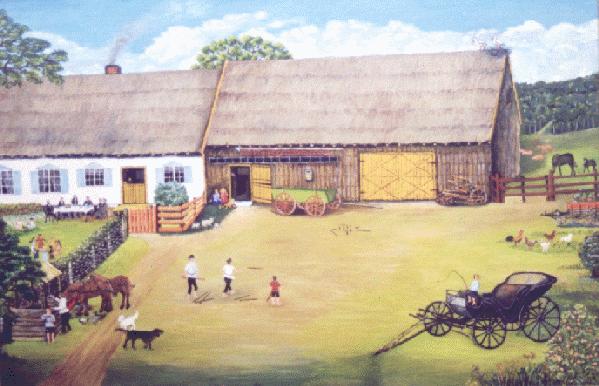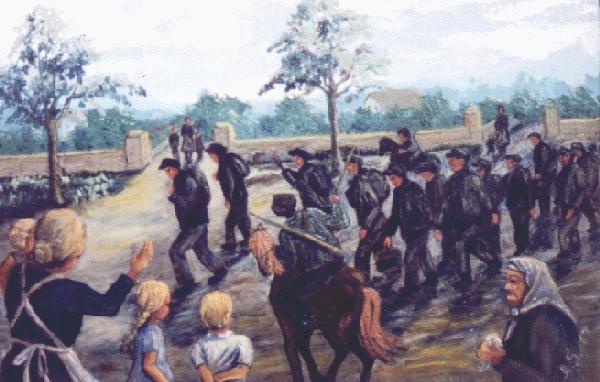 A group of North American Mennonites, led by Harvey Dyck and Paul Epp, in
cooperation with Zaporozhye historians have put together an exhibit on the Mennonite
period in Tsarist Russia and the Soviet Union. The exhibit details the the life and
substantial contribution of Mennonites in agriculture, industry, and culture. The
director of the Zhaporizhzhia Museum of Regional Studies wrote in the program that
"Although Mennonites were one of the best-known minorities in Tsarist times, they
have almost disappeared from the collective memory of modern Ukraine and Russia. . .The
present exhibition. . .is intended to fill this gap." A group of North American Mennonites, led by Harvey Dyck and Paul Epp, in
cooperation with Zaporozhye historians have put together an exhibit on the Mennonite
period in Tsarist Russia and the Soviet Union. The exhibit details the the life and
substantial contribution of Mennonites in agriculture, industry, and culture. The
director of the Zhaporizhzhia Museum of Regional Studies wrote in the program that
"Although Mennonites were one of the best-known minorities in Tsarist times, they
have almost disappeared from the collective memory of modern Ukraine and Russia. . .The
present exhibition. . .is intended to fill this gap."The emblem, designed by
Canadian, Paul Epp, shows the Chortitza oak and an anchor, which . . ."appeared
widely on Mennonite gravestones as a biblical symbol of faith and hope."
One of our guides explains part of the exhibition.
 The exhibit has a village model, sections on Johann Cornies,
architecture, writing, daughter settlements, furniture, estates, industrial leaders,
singing, revolution as part of the 26 displays. The exhibit has a village model, sections on Johann Cornies,
architecture, writing, daughter settlements, furniture, estates, industrial leaders,
singing, revolution as part of the 26 displays.
It was difficult to capture the visit in photographs, but I did enjoy the collection of
Heinrich Pauls paintings brought over from Canada, two of which are shown below.

Above, a 19th century farmyard. Below, the men of a village being taken away by
Stalinist authorities.

|